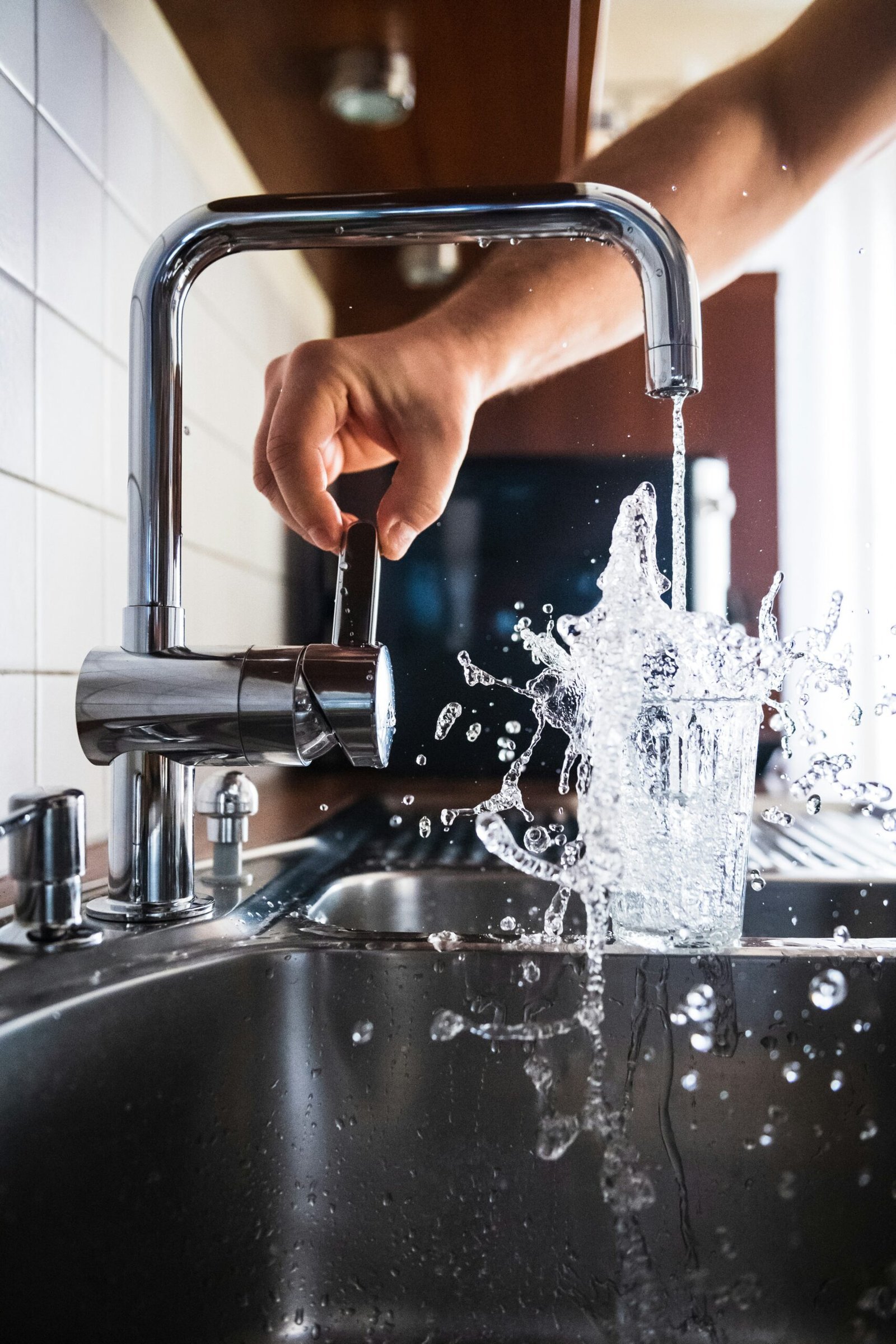
Introduction to Plumbing Basics
Embarking on a journey in plumbing, whether as a professional or a DIY enthusiast, can be daunting. Many aspiring plumbers lack guidance and confidence. Here, an expert plumber shares valuable tips to help you navigate through common plumbing challenges.
Understanding Your Tools
Before diving into any plumbing project, familiarize yourself with essential tools. Key items include a pipe wrench, plunger, and a variety of screwdrivers. Knowing the purpose of each tool will aid in your efficiency, whether you are fixing a leaky faucet or tackling a more complex installation.
Common Plumbing Problems and Solutions
Many plumbing issues are straightforward to resolve with the right approach. For instance, fixing a clogged drain can often be done using a plunger or an auger. If you encounter persistent leaks, it’s crucial to identify the source and replace gaskets or seals promptly. Always remember, when in doubt, don’t hesitate to consult more experienced plumbers or reference reliable plumbing tutorials.
Being a successful plumber requires practice, patience, and a willingness to learn. Continue to explore various plumbing techniques and keep updating your skill set. This knowledge will not only improve your home plumbing skills but will also prepare you for potential professional opportunities in the future.
